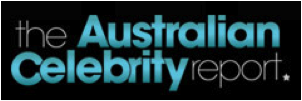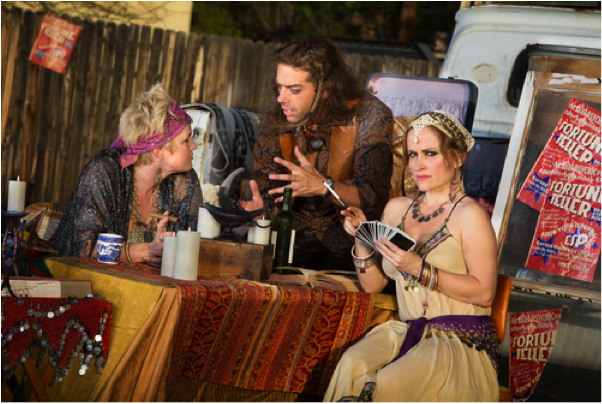Personality Research Secrets Revealed! pt 1

There's no hotter topic right now than the personality show dramas, spearheaded by the epic Kyle & Jackie O saga (cue v/o "In a world …).
But what really goes on behind the scenes at the radio networks, when plotting the next chessboard move? Whether at times of turmoil, ongoing maintenance, or succession planning?
This is truly a high-stakes, dark blend of art and science, where research plays a mostly hidden role …
Background
Media personality testing is not new, the most famous example being the Q (for quotient) Score (more here) developed in the US in 1963 … and until recently, extensively used in Australia, especially in TV and ad agencies.
This measures familiarity and appeal of not only individual personalities, but also sports stars, cartoon characters, TV shows and brand names. The rating scale consisting of choices between One of My Favourites – Very Good – Good – Fair – Poor – Never Heard Of. The Q Score calculated by dividing the Favourite percentage of with those Familiar x 100.
Very simple and straight forward, not rocket science, the real power being large sample sizes and analysis of the results by different age-group, gender, socio-economic status, location, and lifestyle & attitude.
The vacuum left by Q Scores withdrawing from Australia, was filled back in May when SCA & Nine Rewards teamed up to produce The Australian Celebrity Report.

Follow the links through to the ACR website and sample report, for the full story on their sophisticated approach from a number of angles, such as Relatability, Storyteller, Trust, Humour, Role Model, and Buzz. And how this is applied in all sorts of celeb casting situations, not just radio.
The Need for Numbers
Producing personality content is a creative process. A combination of skills, judgement, ego, vulnerability and experience, that requires a delicate balance between performer and CD, as in Scott, Brad and Sarah's excellent Radio Today series on The Brutal Truth about stand-up vs. radio.
So why try to measure creativity – isn't that a contradiction? How can you possibly quantify art without squeezing the life out of it?
A further Brutal Truth however, is that the C-Suite and board have to justify the huge investment in talent, with hard numbers showing the audience appeal and potential of a personality or show.

Hit Prediction
So while it's great entertainment to speculate on forums about all the different possibilities for shows, you can be sure that in what used to be smoke-filled backrooms, there's serious number-crunching and horse-trading going on, involving ratings, personality research, demo-sessions, and revenue modelling.
Added to the degree of difficulty, is the standard research caveat that people can't predict what their listening behaviour will be under different scenarios.
You can run scenario testing and get some numbers back, but it's no substitute for what happens once the new show is launched, as I also discussed in Radio Myth-Buster #3 about hidden formats.
It's a gamble! Certainly a calculated punt – whatever plays out in the Kyle & Jackie O – Mix scenario, the due diligence and modelling will have been rigorous to the nth degree. But in the end, nobody knows for sure until it's show-time.
Radio in practice …
Often runs personality/show testing as part of tracking & perceptual research. At its most basic, in the simple form of a Likeability scale similar to the Q Scores example above, with minor variations.
Quite apart from the exceptional shake-up we're in, it's sensible to have an ongoing understanding of how your major shows are perceived by listeners, as a complementary measure to ratings. Also to feed your SWOT analysis.
In this respect it's a healthy balance to the volatile nature of ratings, which, as I often bang on about, you never take as an absolute, and always trend!
And at the same time not taking personality research too literally either, and always trending. When assessing how a show is going, it's only fair to all concerned to use both art (your ears) & science to build a complete picture.
A skilled CD will have a strong, no-surprises, trusting relationship with the team where you can openly discuss strengths and weaknesses, and positively address the latter.
Tomorrow, in Part 2 here, Eriks reveals the practicalities of personality research and which show, in his 30+ year career, is the all-time best-testing team he has ever seen … with the lowest unfamiliarity in the general population, very low dislikes, and the highest favourite scores.
Eriks Celmins is Managing Director of Third Wave Media and InsiderFocus, consultant for research, strategy and content. Find out more here.



